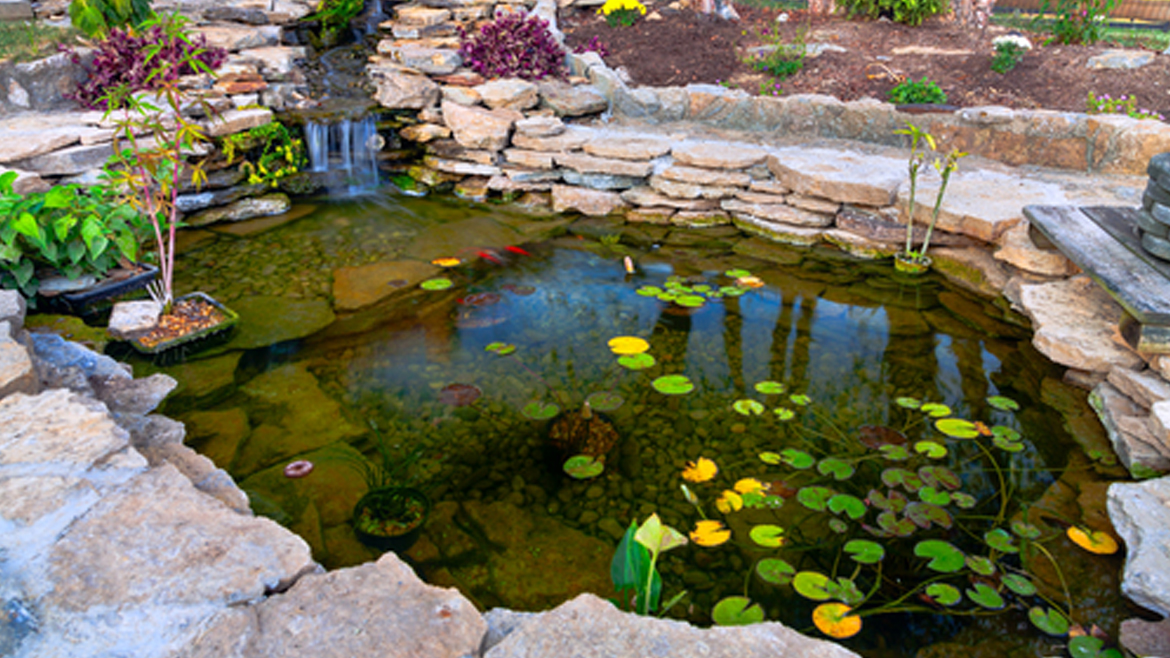Comparing Masonry Techniques: Traditional vs. Modern Methods

Masonry is an ancient craft that has evolved significantly over centuries, adapting to new technologies and changing architectural styles. In San Diego, where both historic and contemporary structures abound, understanding the differences between traditional and modern masonry techniques is crucial for property owners considering masonry work. This blog will compare these techniques, highlighting their benefits and applications, to help you make informed decisions that enhance the value and integrity of your property.
1- Traditional Masonry Techniques
Traditional masonry techniques have stood the test of time, renowned for their durability and aesthetic appeal. These methods include:
- Hand Laying: Each stone or brick is placed by hand, ensuring a unique and artisanal finish. This method is labor-intensive but results in a highly customized appearance.
- Mortar Mixing: Traditional mortar mixes, often lime-based, have been used for centuries. These mortars slowly cure and are permeable, which allows for moisture to escape and reduces the risk of damage in variable climates.
- Natural Materials: Traditional methods typically utilize natural materials like stone, clay bricks, and lime mortar, which are sourced locally and have minimal environmental impact.
2- Modern Masonry Techniques
Modern masonry techniques incorporate advances in technology and materials to improve efficiency and adapt to contemporary design needs. These include:
- Masonry Adhesives: Modern adhesives can be used in place of or in conjunction with mortar. These offer faster curing times and can provide greater structural strength.
- Prefabricated Panels: These are manufactured off-site and allow for quicker construction with less labor. They can be designed to meet specific structural requirements and are consistent in quality.
- Innovative Materials: Modern masonry includes the use of manufactured stones and various types of concrete blocks that are lighter and easier to work with. These materials can mimic the look of natural stone at a reduced cost and weight.
3- Energy Efficiency
- Traditional: Traditional masonry has excellent thermal mass, absorbing heat during the day and releasing it at night, which naturally regulates indoor temperature.
- Modern: Modern masonry techniques often integrate materials with improved insulation properties and can include systems that enhance energy efficiency, such as insulated concrete forms (ICFs).
4- Aesthetic and Design Flexibility
- Traditional: Offers an authentic, timeless look that many find appealing for classic designs. The craftsmanship involved can make each structure uniquely beautiful.
- Modern: Provides more versatility in terms of design and finishes. Modern methods can replicate traditional looks or create entirely new, innovative aesthetics that can integrate seamlessly with contemporary architecture.
5- Durability and Maintenance
- Traditional: While highly durable, traditional masonry can require more maintenance over time, especially in environments exposed to significant weather variations.
- Modern: Designed to be low maintenance, with materials treated to resist moisture, mold, and other environmental factors that can cause deterioration.
6- Cost Implications
- Traditional: Generally more expensive due to the labor-intensive processes and the cost of natural materials.
- Modern: Often more cost-effective due to the reduced labor costs and the use of manufactured materials, which can be less expensive than natural alternatives.
Choosing between traditional and modern masonry techniques depends on several factors including aesthetic preferences, budget, maintenance considerations, and environmental impact. In San Diego, where both the historical value and modern efficiency are appreciated, STP Masonry offers expertise in both traditional and modern masonry techniques, helping homeowners make informed decisions that best suit their needs and enhance the value of their properties.


